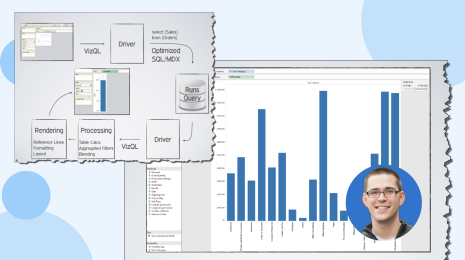Number-Crunching for a Cause: A Seattle-Area School Principal Tells His Data Story
Pete Misner, a principal in a school district that's located just northeast of Seattle, is passionate about data. And he has always valued its use in the classroom to better understand student needs.
In a recent interview, Misner discussed how data can improve decision-making in schools. And as a grassroots data analyst who’s never been afraid to crunch the numbers in Excel, he also explained why better visualization tools can save time and other sparse resources in the educational space.

Misner has never been intimidated by numbers—but when he found a better tool for visualizing them, they became much more impactful.
“Throughout my whole career, I’ve been really passionate about using data to inform instruction,” explained Misner. “But I’ve been frustrated along the way—like everybody is—with the massive amounts of data that we have to digest and how long it could take.”
When he stumbled upon a TED Talk by data expert Hans Rosling, he knew he needed to find a better tool to visualize data—and therefore give it a greater impact. This led to a serendipitous exploration of visualization techniques.
Along the way, Misner found himself presenting reading data to teachers with an animated chart. They all noticed one dot that was climbing the chart much faster than the others—and the dot happened to represent a student in the special education program. “One of the general education teachers instantly said, ‘She needs to be in my class all day,’” he explains. “And that changed that girl's life.”
While Misner is looking at the same data as before, he is now visualizing it with Tableau and reaching insights much faster. And those discoveries help him allocate resources more effectively for the 800 students in his school.
As a grassroots data analyst, Misner has been digging through numbers for a long time. “Using assessment data to track progress and prioritize resources is not new,” he explains. “What is new is how efficient and effective it is with Tableau.”
You can read his whole story here.
Photo credit: "Numbers and Finance" by Ken Teegardin via Flickr; licensed under Creative Commons Attribution-ShareAlike 2.0 Generic.









